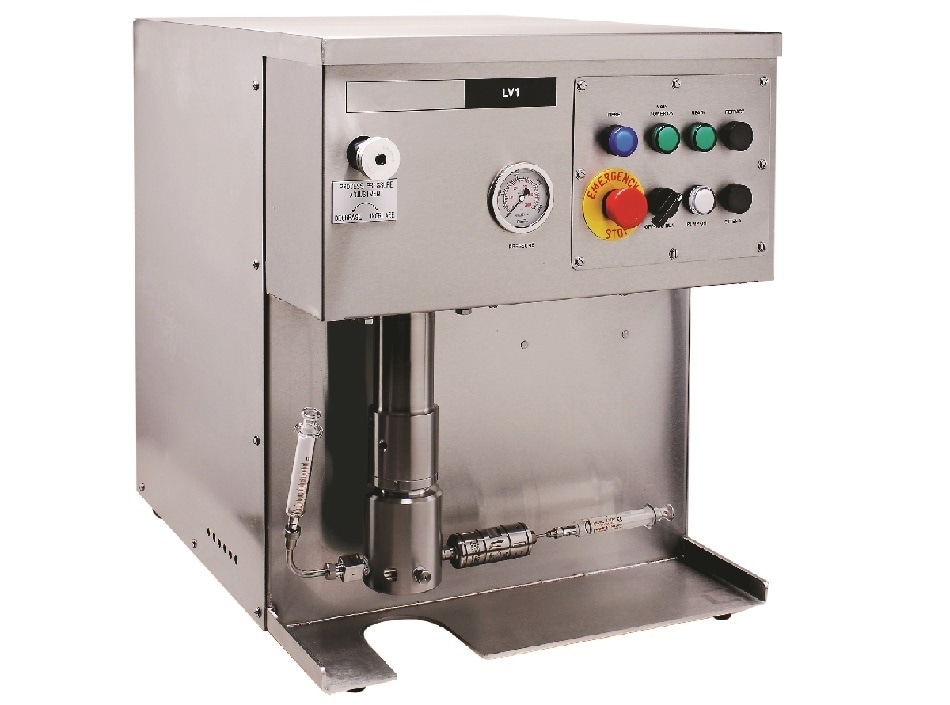
Analytik reports on ground-breaking work by the Department of Chemistry at the University of Sheffield using a LV-1 Microfluidizer to create novel oil-in-water Nano emulsions that were subsequently occluded within a calcite crystalline lattice.
Particle Technology is an important discipline that underpins many industrial sectors, including biomedical applications, latex paints and coatings, engine oil additives, viscosity modifiers and emulsion stabilisation. Steve Armes, Professor of Polymer and Colloid Chemistry at the University of Sheffield, is one of the UK's leading experts in particle science and technology, with more than thirty years of research experience in this field. In particular, he designs a wide range of microscopic polymer particles on the nanoscale.
It is well known that oil and water do not mix. Similarly, the incorporation of oil droplets within inorganic crystals is highly counter-intuitive because there is a large difference in surface energy for these two components. Our new occlusion protocol, developed using the high-pressure LV-1 microfluidizer, has enabled either oil-soluble dyes or oil-dispersible hydrophobic nanoparticles to be incorporated for the first time within host crystals. This exciting new innovation has considerable potential to be used as a new environmentally-friendly matrix for the microencapsulation and controlled release of a wide range of actives for various commercial applications. In view of this, we have filed a preliminary patent application to protect the IP associated with our work. We are indebted to the excellent technical support provided by Analytik, which has enabled us to fully exploit the high-pressure LV-1 Microfluidizer for the production of well-defined nanoemulsions. We will be seeking their support and advice in the future as we seek to extend our studies to include water-in-oil nanoemulsions.
Professor Steve Armes,Department of Chemistry at the University of Sheffield
The LV1 Microfluidizer is a high shear homogeniser which brings outstanding processing capabilities to samples as small as 1 ml. The LV1 has been designed to achieve operating pressures up to 30,000 psi for samples ranging from 1-6 ml. Using proprietary fixed-geometry interaction chamber technology, the LV1 is capable of processing a wide variety of fluids such as oil-in-water emulsions, solids-in-liquid suspensions, and cells, including the most difficult yeasts and plant cells, in as few as 1-2 passes. What's more, the process is repeatable and is guaranteed to scale up to pilot and/or production volumes.
For further more detailed information on the LV-1 Microfluidizer please visithttps://analytik.co.uk/product/nanoemulsions-lv1-microfluidizer/.